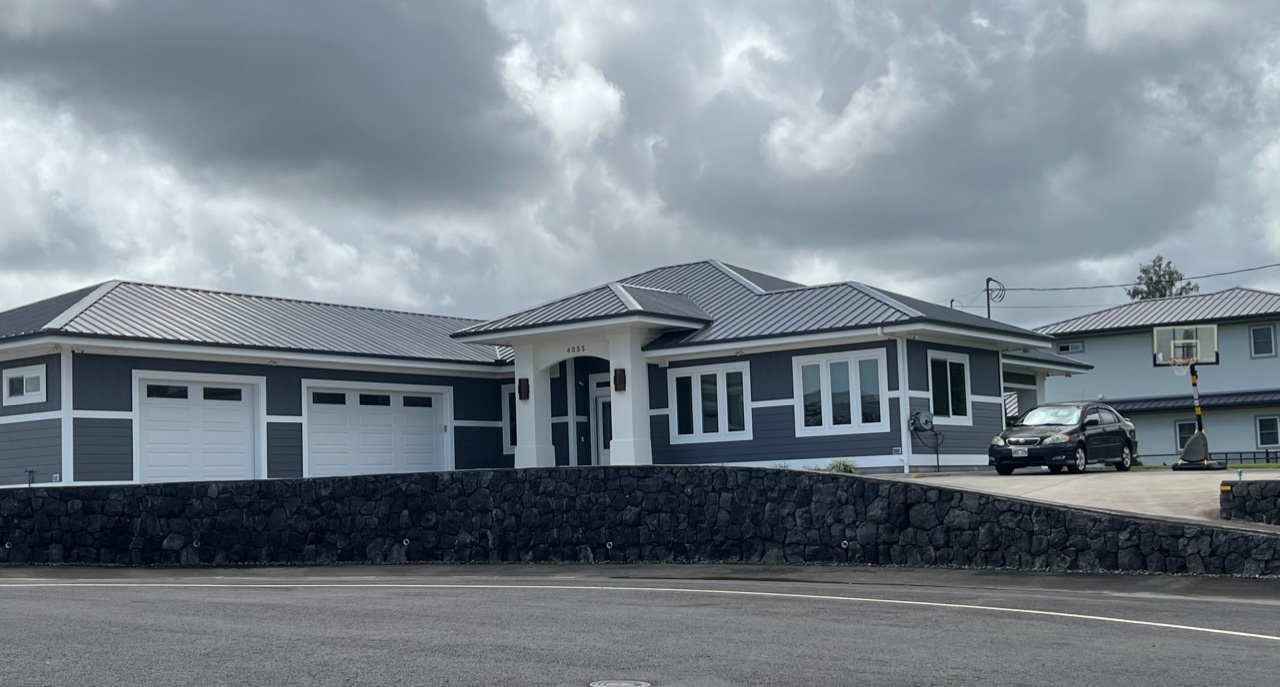Chapter 11 of the Hawaiʻi County Code was established to force developers of residential subdivisions or commercial zones to build or at least underwrite the construction of housing that is to be within reach of households earning up to 120 percent of the area median income (AMI) through a complex system of credits. Credits may be obtained by building low-income housing or by purchasing credits earned by other developers, among other ways.
As the county auditor describes it, “Developers who agree to construct new affordable housing units in excess of any requirements required under Chapter 11-15(a) may earn ‘excess credits.’” Although the auditor states that the credits earned may be transferred without the approval of the administrator of the Office of Housing and Community Development, at times the affordable housing agreements made with developers require advance approval. But subsequent trades are not always submitted for approval and the result is that the OHCD has no way of tracking who owns what. In addition, the past practice of awarding credits before any have been earned, contrary to clear language in Chapter 11, has complicated things.
In any event, the trade in excess credits has led to abuses, including criminal fraud.
An article in the June 2022 edition of Environment Hawaiʻi, “Housing Agency Has Had Difficulty Tracking Low-Cost Housing Credits,” contains a more complete discussion of Chapter 11 and the system of housing credits it sets up.
By Patricia Tummons


Leave a Reply